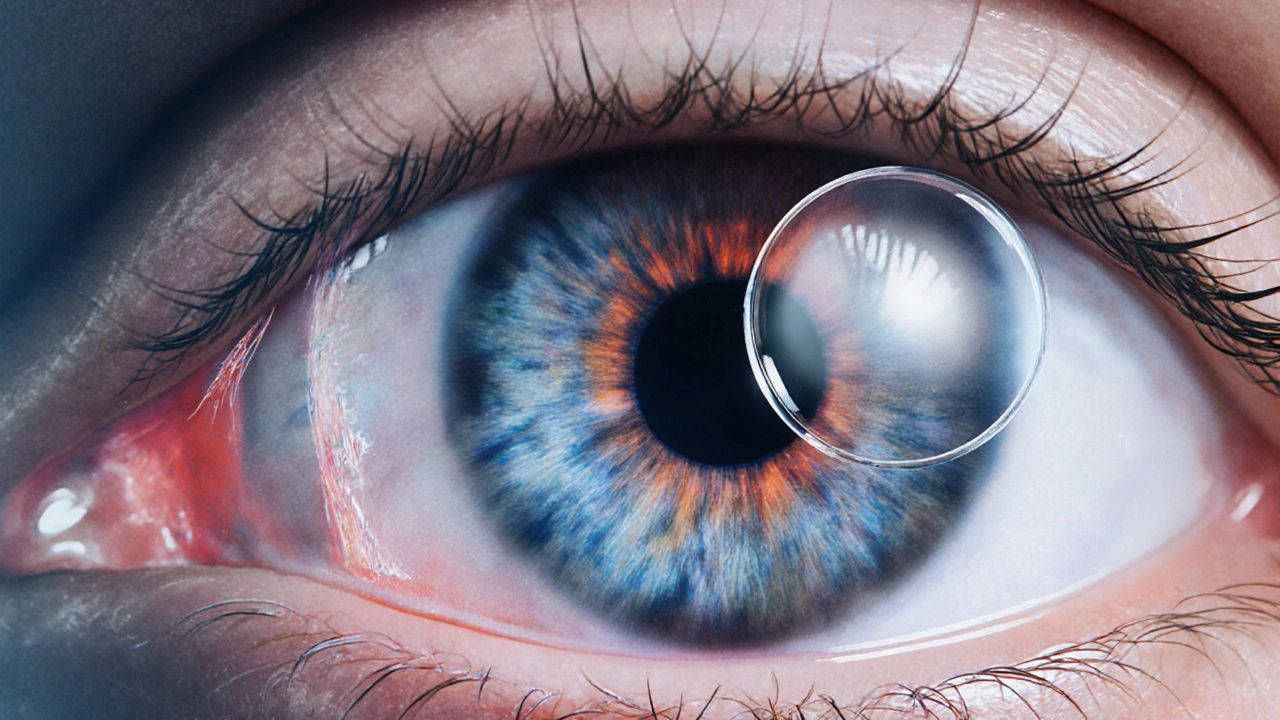When you hear Vision Health, the overall condition and performance of your eyes, covering clarity, focus, and comfort. Also known as eye health, it matters for everything from reading a menu to driving at night.
One of the biggest threats to vision health is Glaucoma, a pressure‑related disease that damages the optic nerve and can lead to gradual vision loss. Early detection through regular eye exams can keep the damage in check. If you notice peripheral shadows or a fading tunnel view, it’s time to see an optometrist right away.
Another common concern is Cataract, the clouding of the eye’s natural lens that blurs vision and makes colors look faded. Cataracts develop slowly, often after age 60, but they’re treatable with a simple, outpatient surgery that replaces the cloudy lens with a clear artificial one.
Spending long hours in front of screens fuels Digital Eye Strain, a set of symptoms like dryness, headaches, and blurred sight caused by prolonged device use. The 20‑20‑20 rule—look 20 feet away for 20 seconds every 20 minutes—helps relax the eye muscles and reduces strain.
Age‑related Macular Degeneration, a deterioration of the central part of the retina that impairs sharp, straight‑ahead vision, is another major factor. Eating foods rich in lutein, zeaxanthin, and omega‑3 fatty acids can slow its progress, and regular retinal scans catch early changes before they become obvious.
Beyond diseases, everyday habits play a huge role. Wearing UV‑blocking sunglasses outdoors cuts the risk of cataract and retinal damage caused by sunlight. Keeping hydrated and using lubricating drops prevents dry‑eye discomfort, especially in air‑conditioned or heated rooms.
Nutrition also ties into eye performance. Vitamin A supports the retina’s light‑sensing cells, while zinc aids the conversion of vitamin A into a form the eye can use. A balanced diet with colorful vegetables, fish, and nuts fuels the eye’s repair mechanisms.
Finally, an annual comprehensive eye exam is the cornerstone of good vision health. The exam checks visual acuity, intra‑ocular pressure, retinal health, and overall eye structure. Spotting issues early means simpler, cheaper treatments and a better chance of preserving sight.
Now that you understand the main conditions, habits, and preventive steps, you’re ready to dive deeper. Below you’ll find a curated collection of articles covering everything from managing specific eye diseases to practical tips for keeping your eyes comfortable during screen time.
Posted by
Jenny Garner
10 Comments

Learn if glaucoma patients can safely wear contact lenses, how it affects eye pressure, essential care tips, and alternatives for maintaining clear vision.
read more